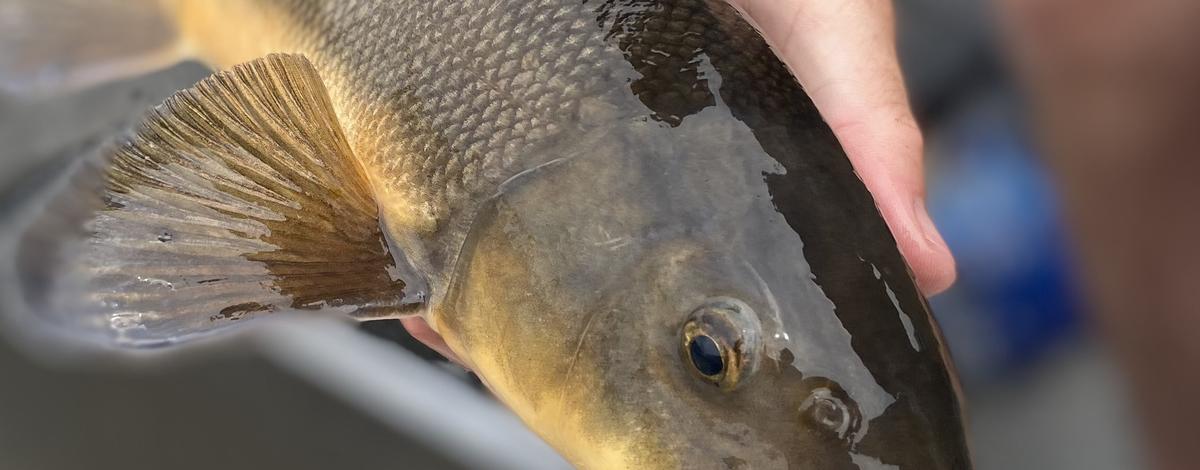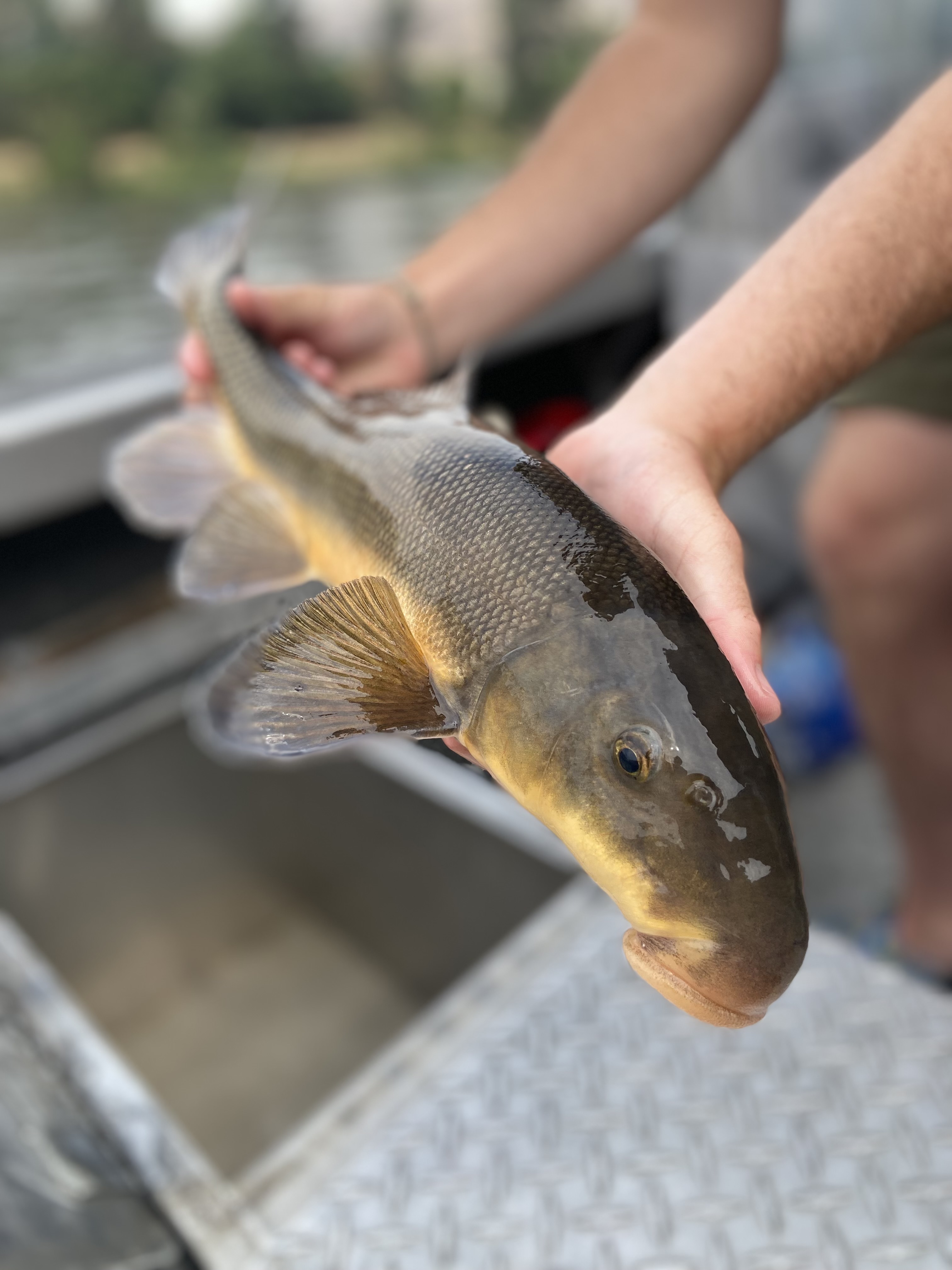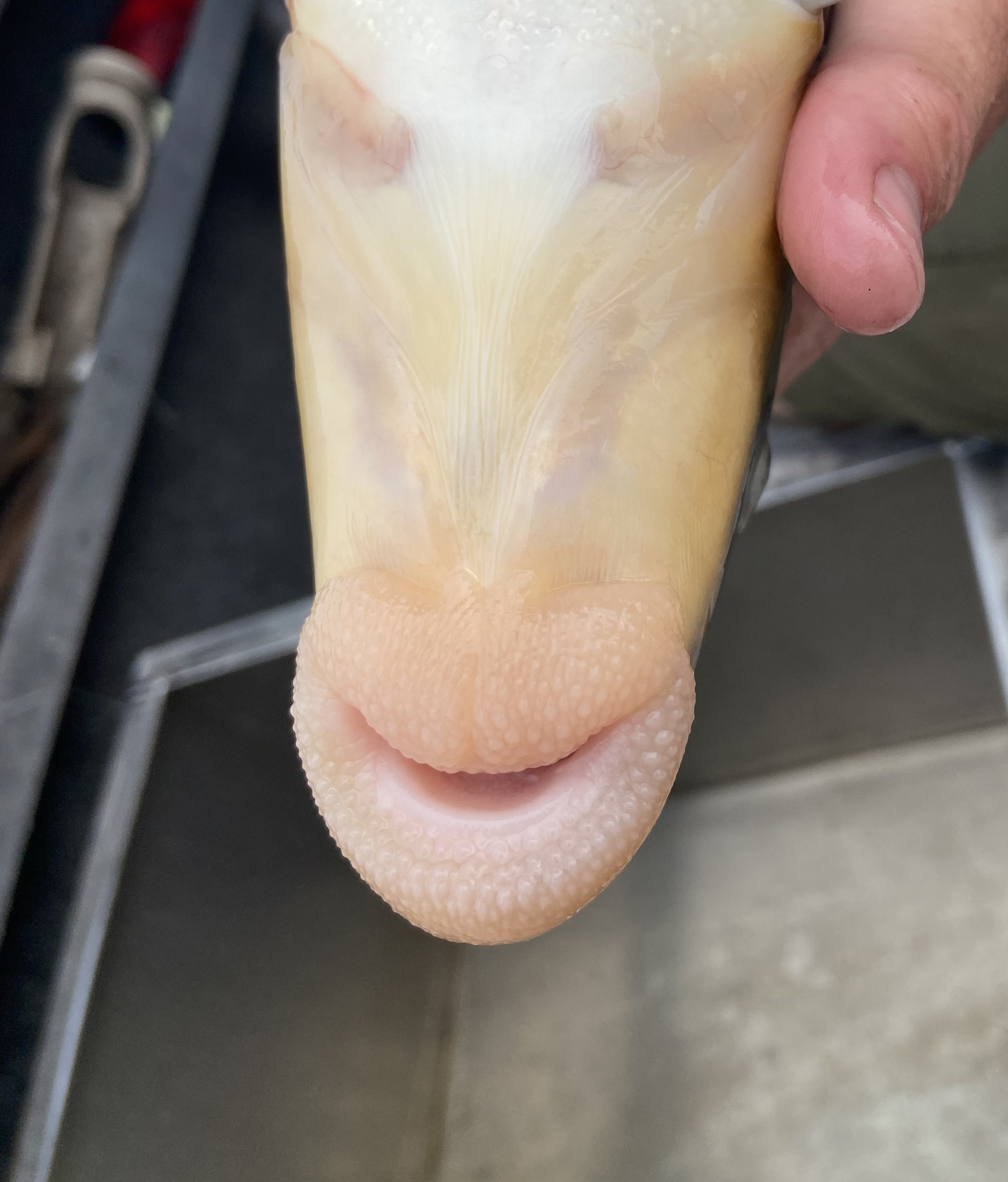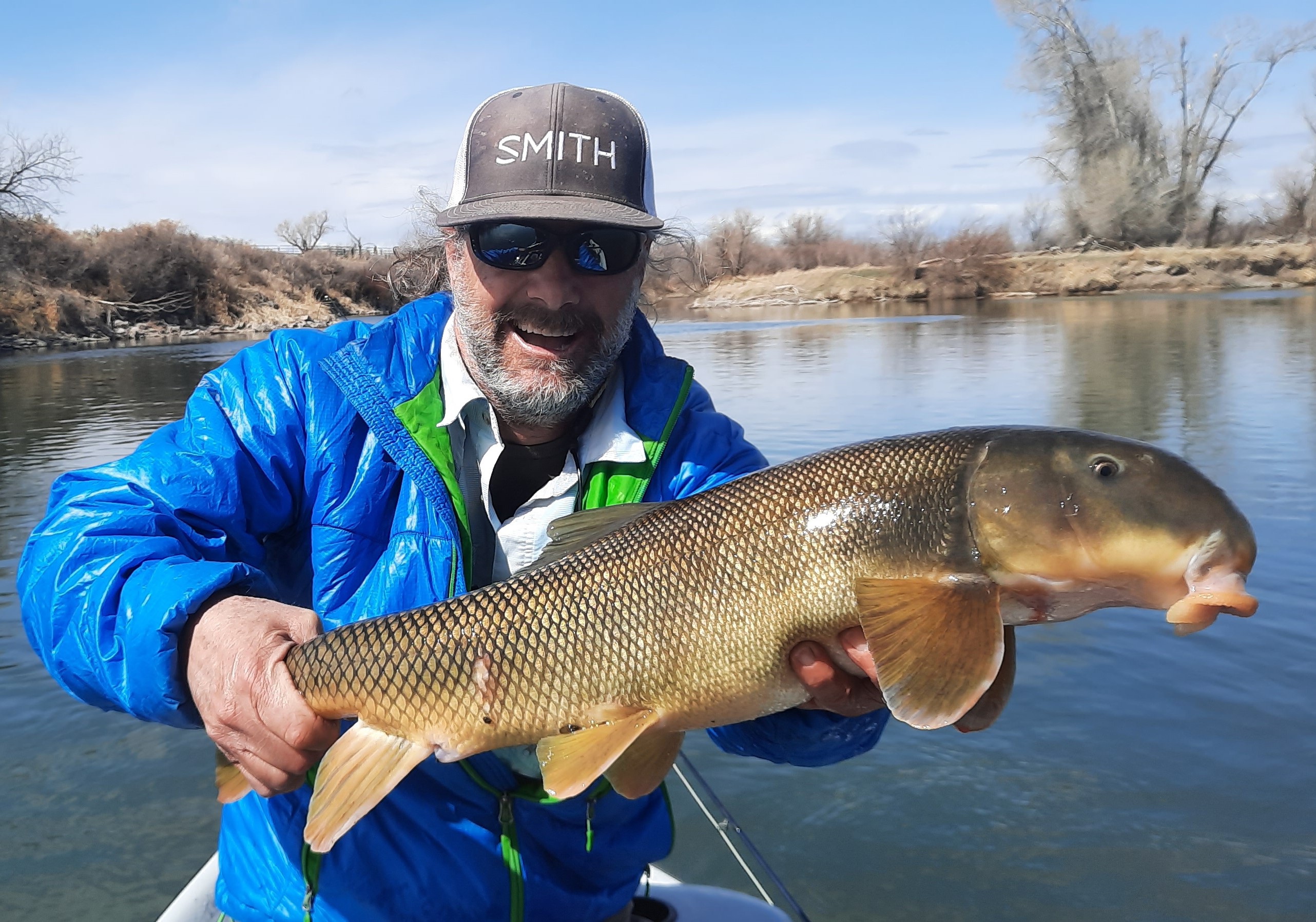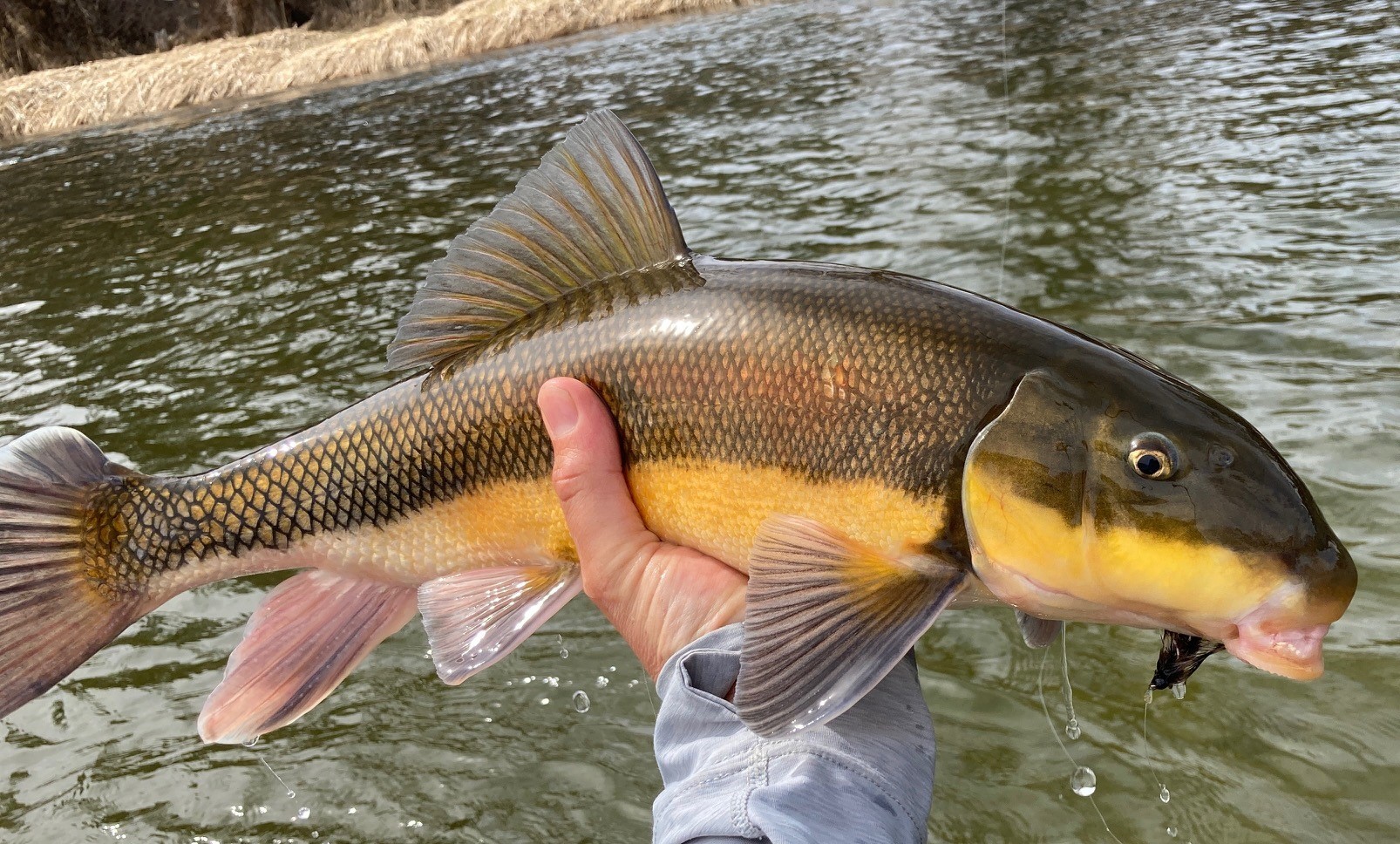In our first installment of “Live in Idaho Waters” we talked about the diminutive and camouflaged sculpin. The next group of Idaho native non-game fish get bigger and are easier to observe—the suckers.
These native species are often misunderstood and sometimes disliked; but their appreciation is increasing amongst anglers and the public. We have six native species in Idaho: the bridgelip, largescale, mountain, longnose, green, and Utah suckers.
Native suckers are found in all of our major watersheds. If you’re fishing a decent size stream or river (and many lakes), there’s a pretty good chance you’re fishing sucker water. But, different species are found in different parts of the state. For instance, sucker species are different above and below Shoshone Falls on the Snake River.

